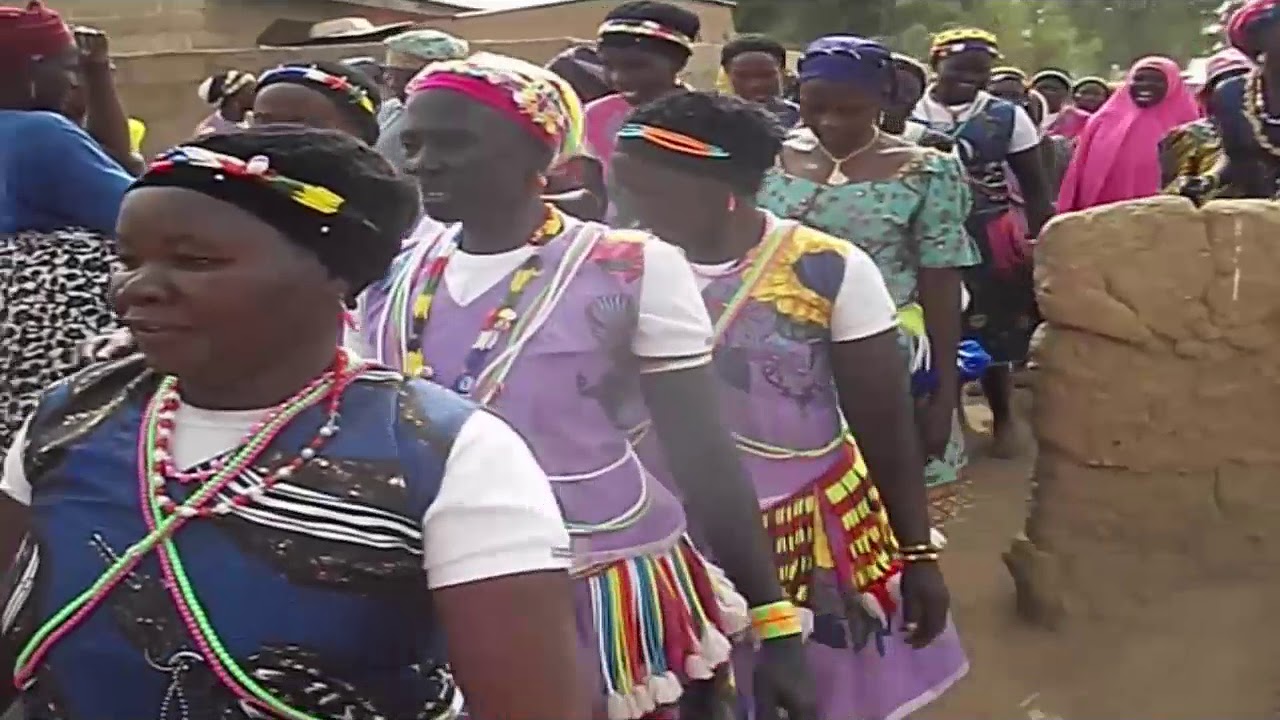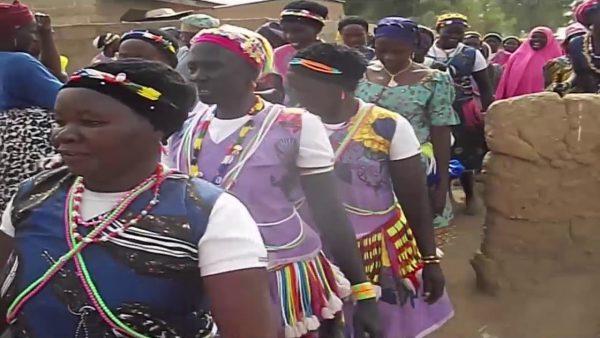The Marghi ethnic group occupies the geographical region of southern Borno and northern Adamawa states of the Republic of Nigeria.
Introduction / History
According to some records, the Margi (or Marghi) migrated to the Nile Valley from Yemen together with some tribes such as the Bura, Kilba, Kanakuru, Mandara, Bolewa, Karekare, Ngamo, Ngizzim and Tera due to some certain frictions. They were also forced to move from Sudan in Central Africa to Lake Chad.
Other historical records indicate that parts of these tribes, especially the Marghi, were settled in Kenya, while the majority of Marghi migrated together with the other tribes mentioned to the Lake Chad area before reaching some other places.
Read more on Discover Nigeria
Under the pressure of Borno expansion, a large number of Marghi drifted gradually south. From about the fourteenth century they appear to have lived in the region they now occupy.
It is said that the ‘Margi babal’ or ‘Margi of the plains’ or ‘Plain Margi’ live in the Gwoza and Damboa Districts of Borno State, while the ‘Hill Margi’ live around Madagali, Gulak, Duhu, Isge Adamawa and Borno States.
Madagali was before the arrival of the Fulbe ‘a Marghi community, named for the spear (gali) of a Marghi named Margu’.
Socioeconomic outlook
Marghi people are predominantly farmers and fishermen. They consider farming with the highest esteem. Hence, it is to everyman’s pride to be considered a great farmer.
Hunting, crafting and trading are other mainstays of the Marghi community economy.
Marghi people before the arrival of the colonial masters lived in the round and rectangular mud buildings, these were: thatch-roofed and fenced with corn stalks (kadaka), mud walls stone piles (dziga) as in the case of Margi dzurngu some of them fence their compounds with cacti or Widu more especially Margi dzakwa or Margi south.
Sociopolitical Structure
According to documented history, the Marghi Udzurngu, Margi babal and Margi tittim (dzakwa) all call their chiefs with “Ptil” and their council of elders with “Shilir pathla” while Margi putai call their chiefs “Mai”.
Almost all Marghi people address their council of elders with this name, they call or address the chief’s first son (prince) with “yerima or maina” while the chief’s daughter (princess) with “Ngwatam”, the chief priest is addressed with “thluffu”, the chiefs assistant is called “Wakil” and the chief’s messenger is called “Achama” while the traditional police to the council are called “Dogar”.
Traditional Meals/ Cuisines
Marghi special is a local food popular with the Margi natives of Maiduguri, Borno. It is either cooked with white zobo or the yakuwa and spinach(alayyahu). It is called ‘’Meltuble’’ by the Marghi natives of Adamawa State.
The Marghi Man and Some More Gist about The Marghis
A good number of Marghi are great warriors. All male children of the age of 10 years and above are taught how to use bows and arrows, Marghi warriors used poisoned arrows to shoot games and their enemies, they always carry small knives on their arms and big knives around their waist, short sword in their armpits, two spears bows and quivers full of arrows. The Marghi man can fight both on foot and on horseback, also he can ambush and attack whether alone or in groups when attacked, Marghi believed in self-confidence, self-reliance, self-sufficiency and being independent.
Marghi men in those days can marry many wives for the purpose of working on the farmlands with their children. As Marghi people consider farming as their top priority among other occupations, before the advent of modern farming techniques and transportation system, Marghi people used to carry out their Guinea corn harvesting, threshing and storing 100% manually, the most tedious work is the transportation of the farm produce from the farmlands which usually covers eight (8) to fifteen (15) kilometres distance, all the family members used to carry guinea corn on their heads with container call ghururu, trekking on foot to a temporary storing cage near the house. This work usually takes one to two weeks to complete, this process is called “Zabga” and songs usually accompany the trekking to encourage them to cover the journeys.
The next stage of guinea corn work in Marghi is very exhausting even in this present days, everyone including children is eager to witness the occasion, this is called “Dugu uhi” means guinea corn threshing. This is usually a great occasion since the farmer invites people like Son in-laws, friends, relatives and neighbours to participate in the work. The man and his wives usually prepare local drinks (umpadlu and cham cham) to entertain the people coming to do the work, while the men will be threshing the guinea corn singing with drum beating, the women are busy fetching water to brew the local drink. A cow, sheep or goat is usually slaughtered for the occasion of the man is rich, young men aged 15-35 who are usually much engaged in this work often demonstrate their strengths and techniques to attract young ladies who usually stand by the sides of the threshing area cheering them. In the end, elderly women usually spend one to three days winnowing “mpiu” and gathering the guinea corn into the family granary “val tsam”.
Sign up to the Connect Nigeria daily newsletter
Religious Beliefs
They usually either Christian or Muslims although some still hold on to the traditional religion.
References
Afrolems.com
Bobblog2018 blogspot
Wikipedia
Featured image source: YouTube/Real Entertainment Studio Mubi
Got a suggestion? Contact us: [email protected]


